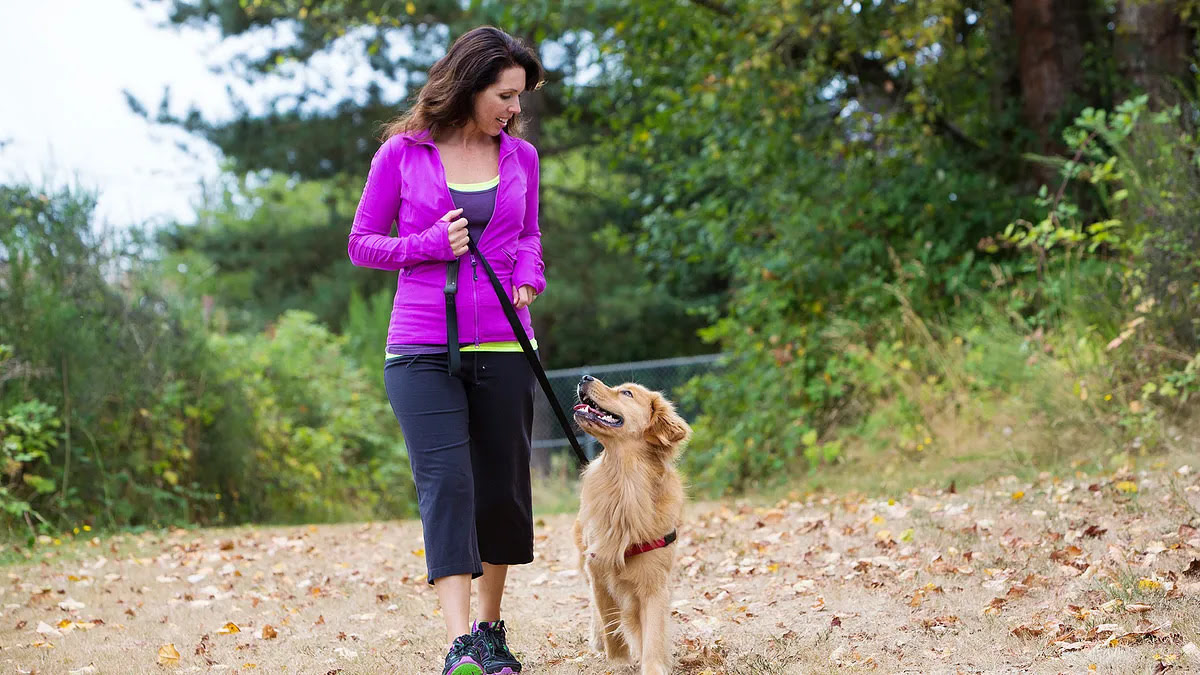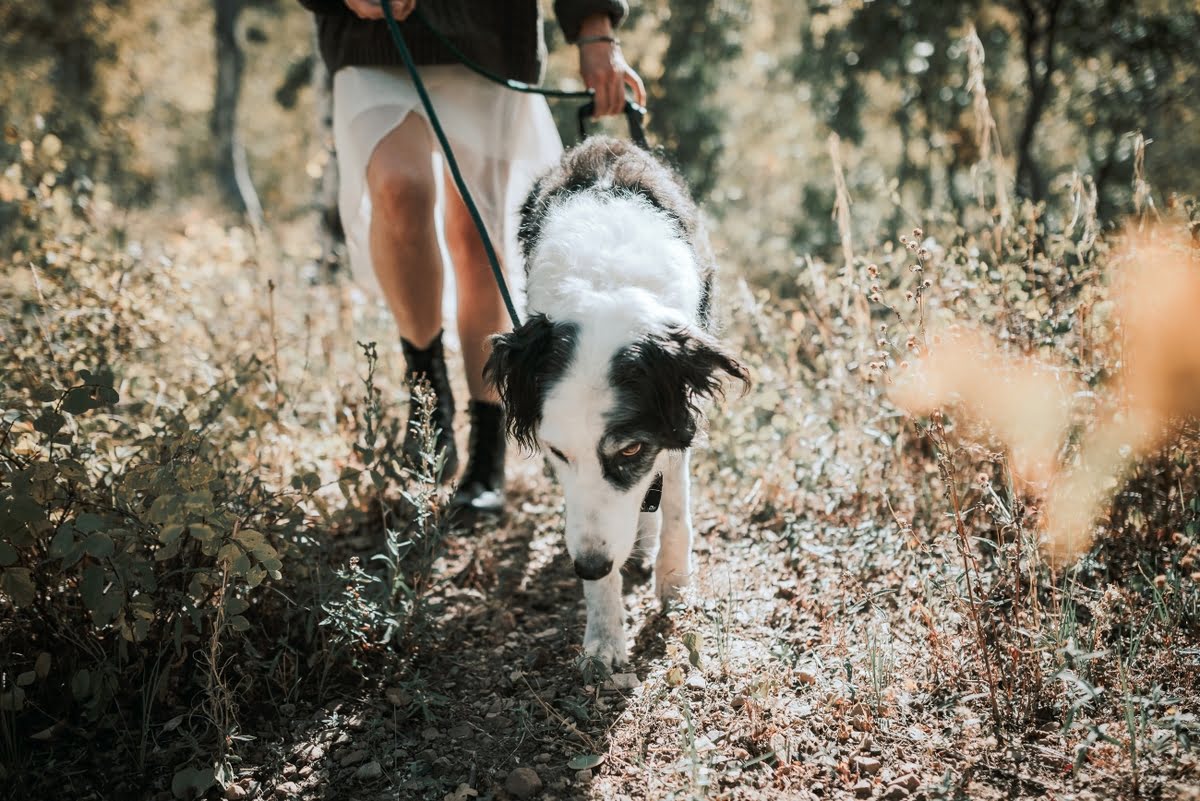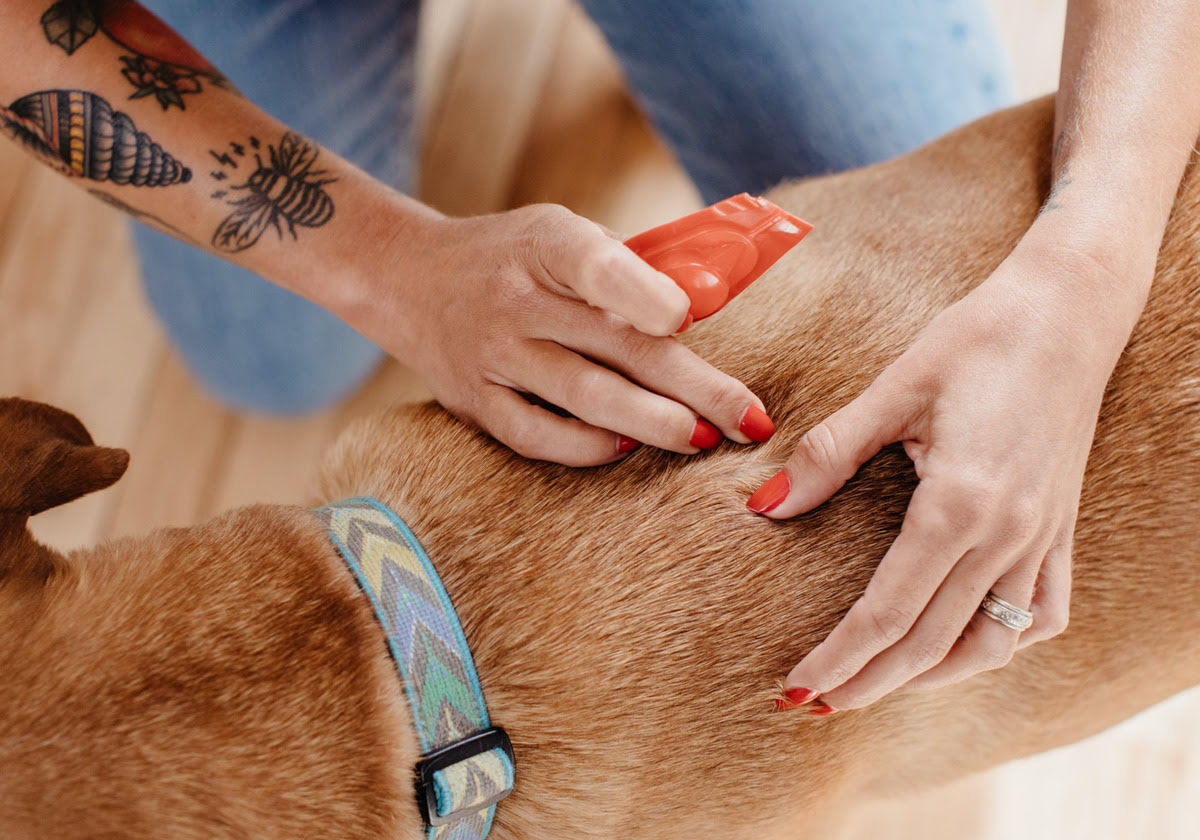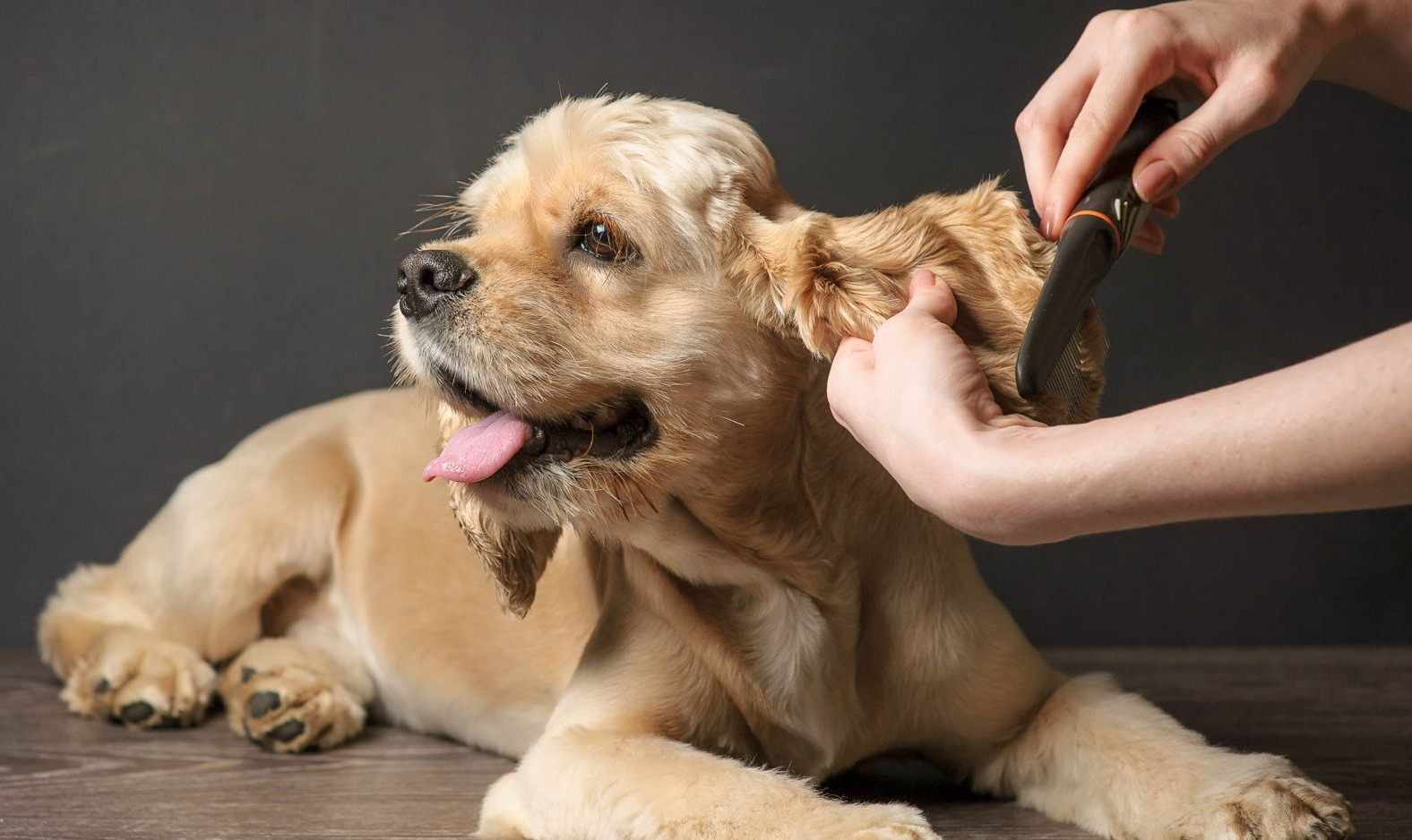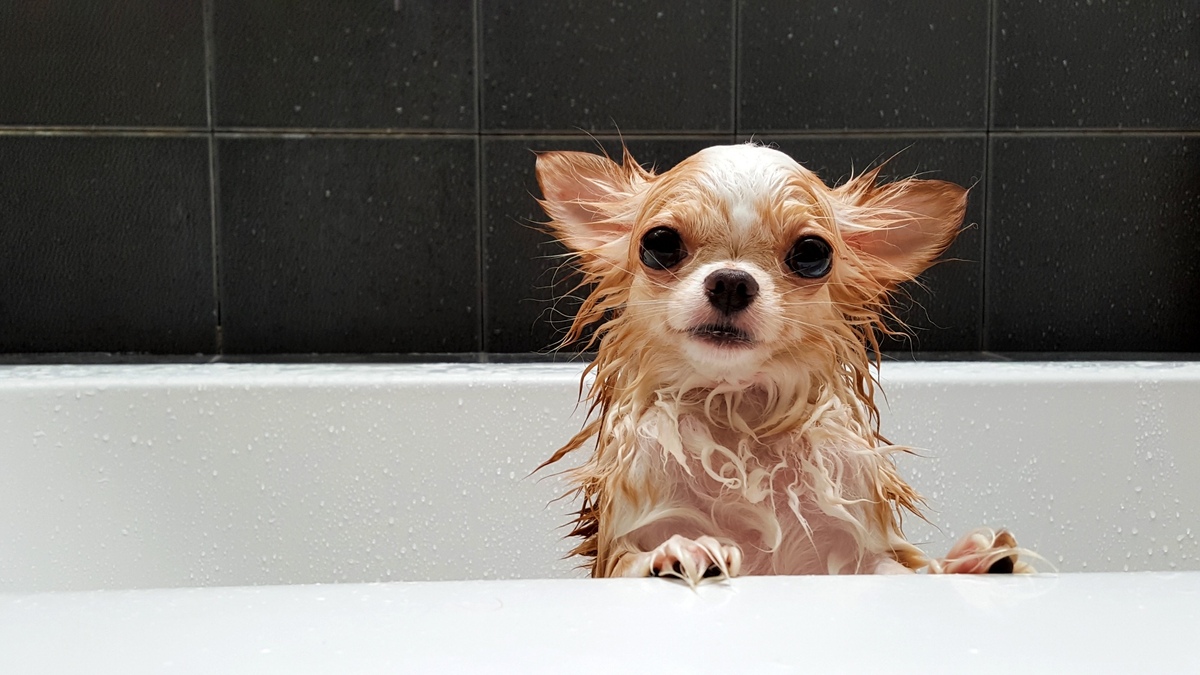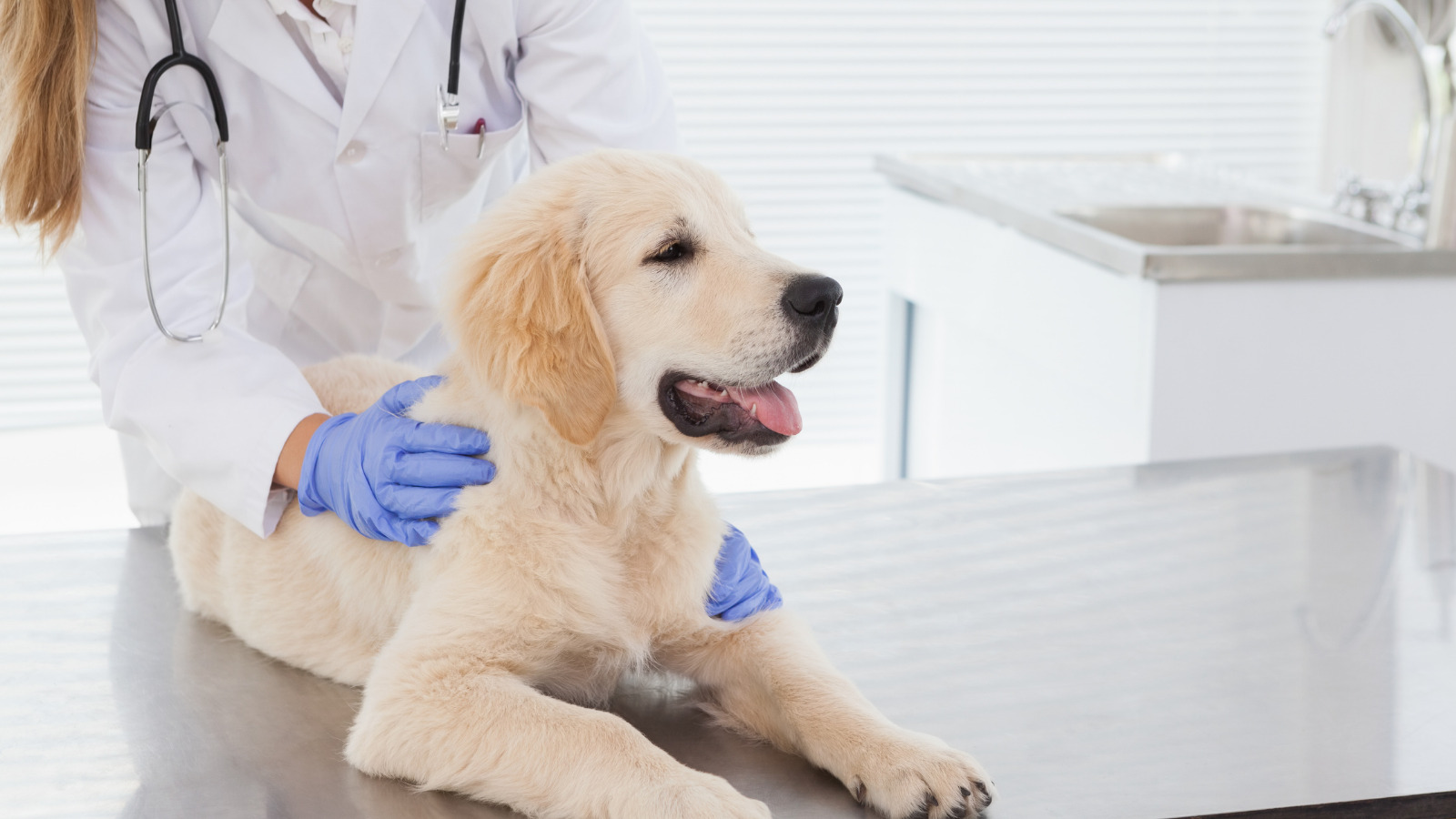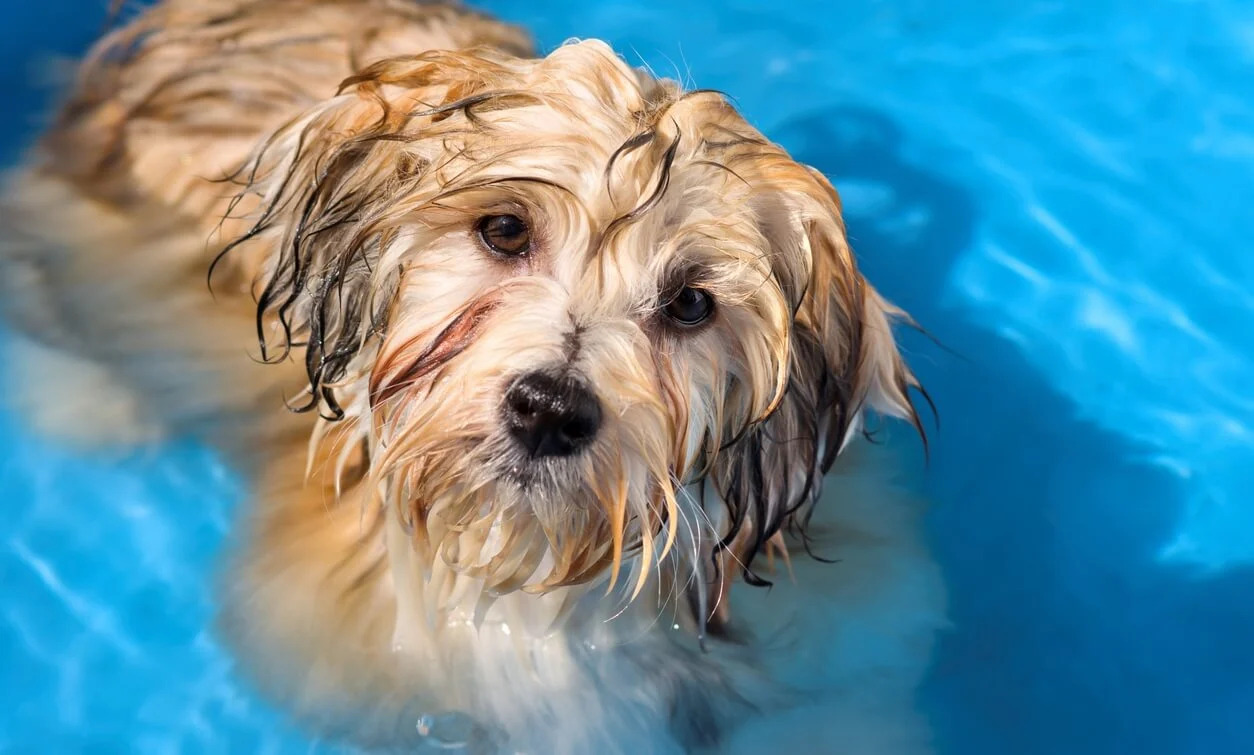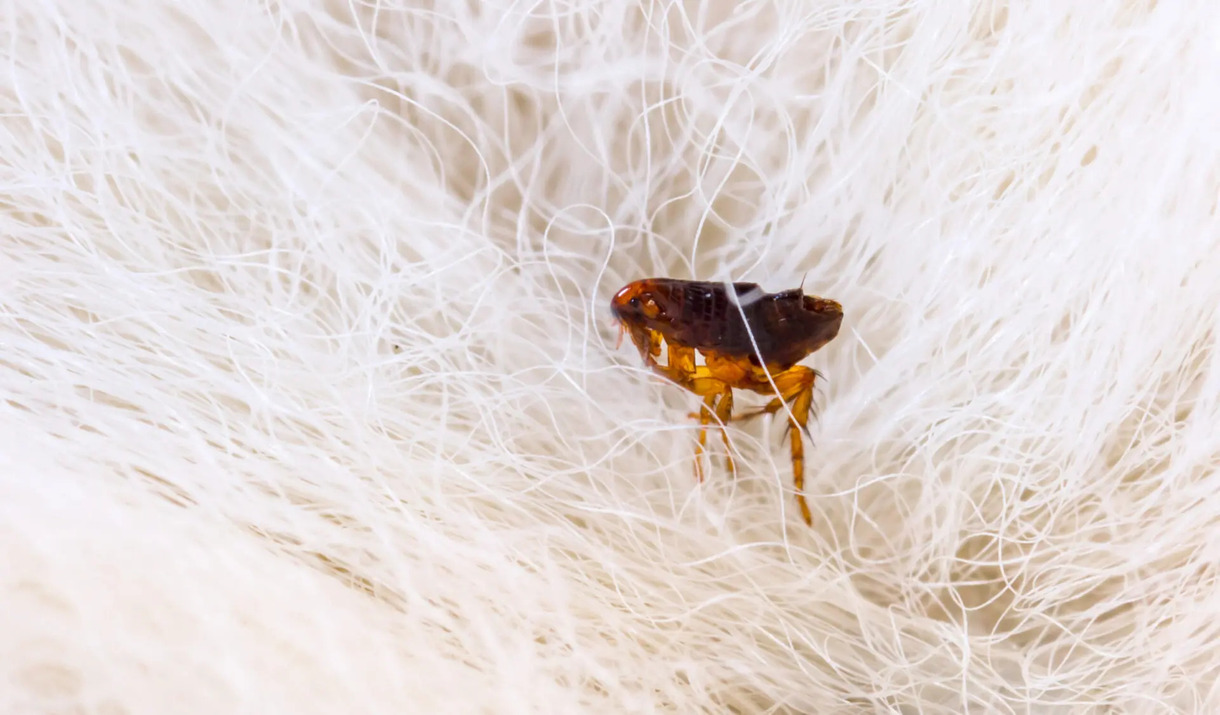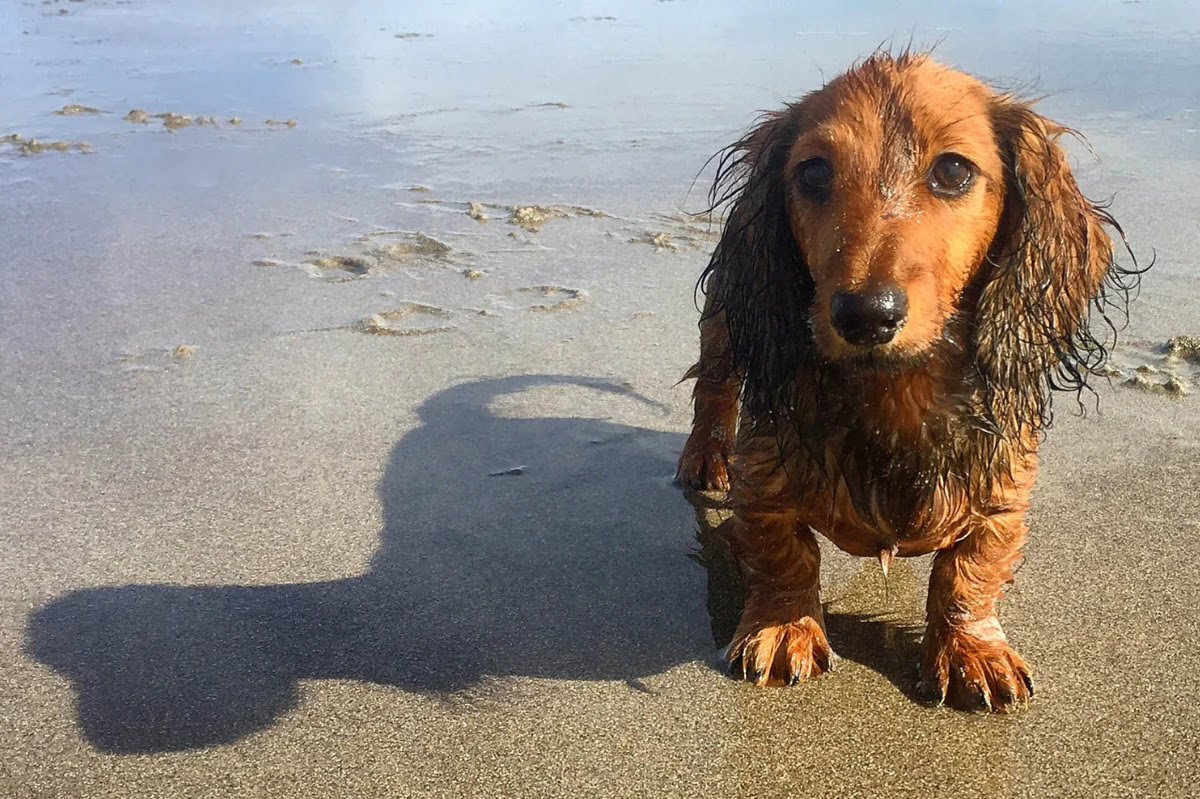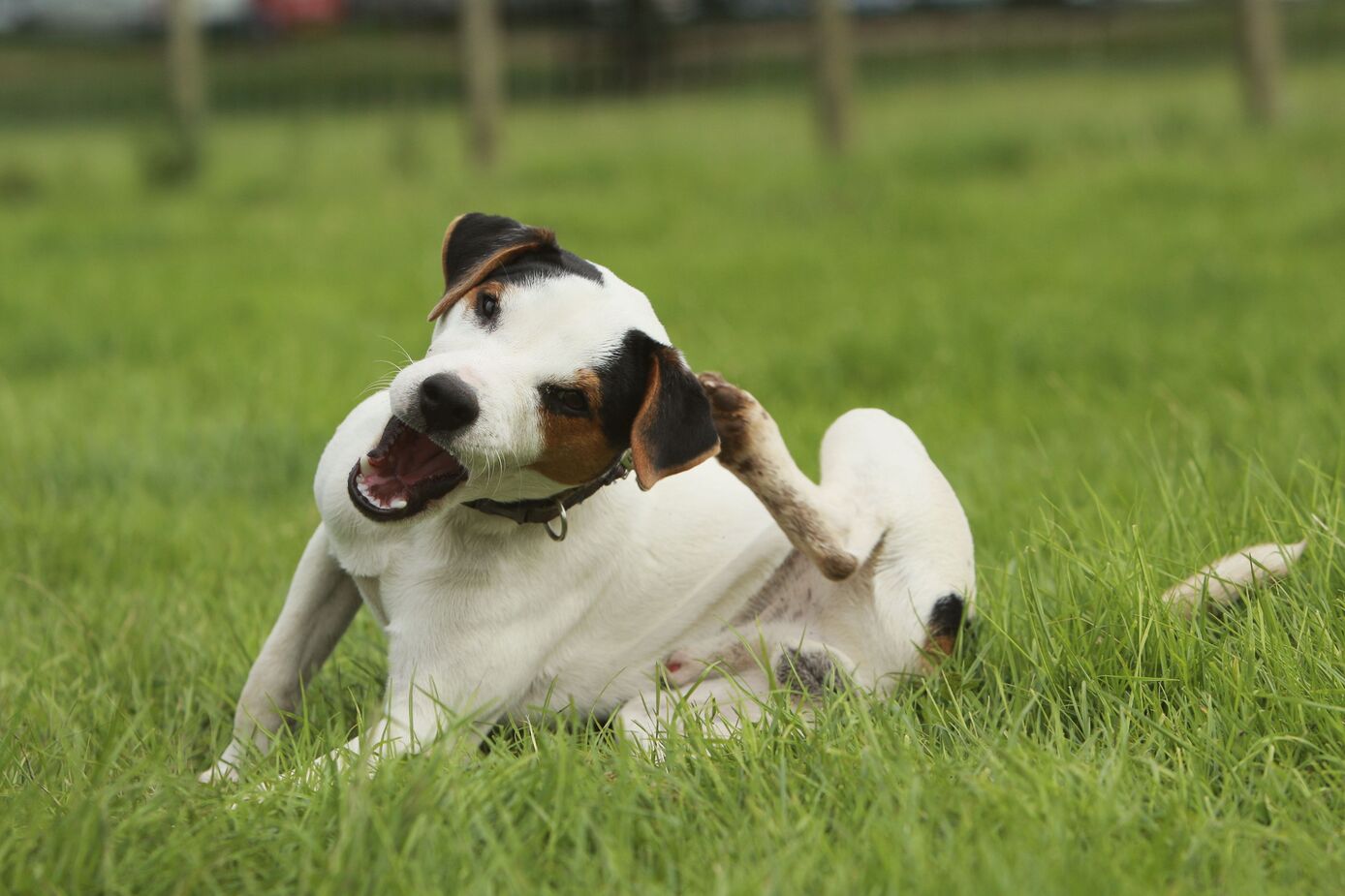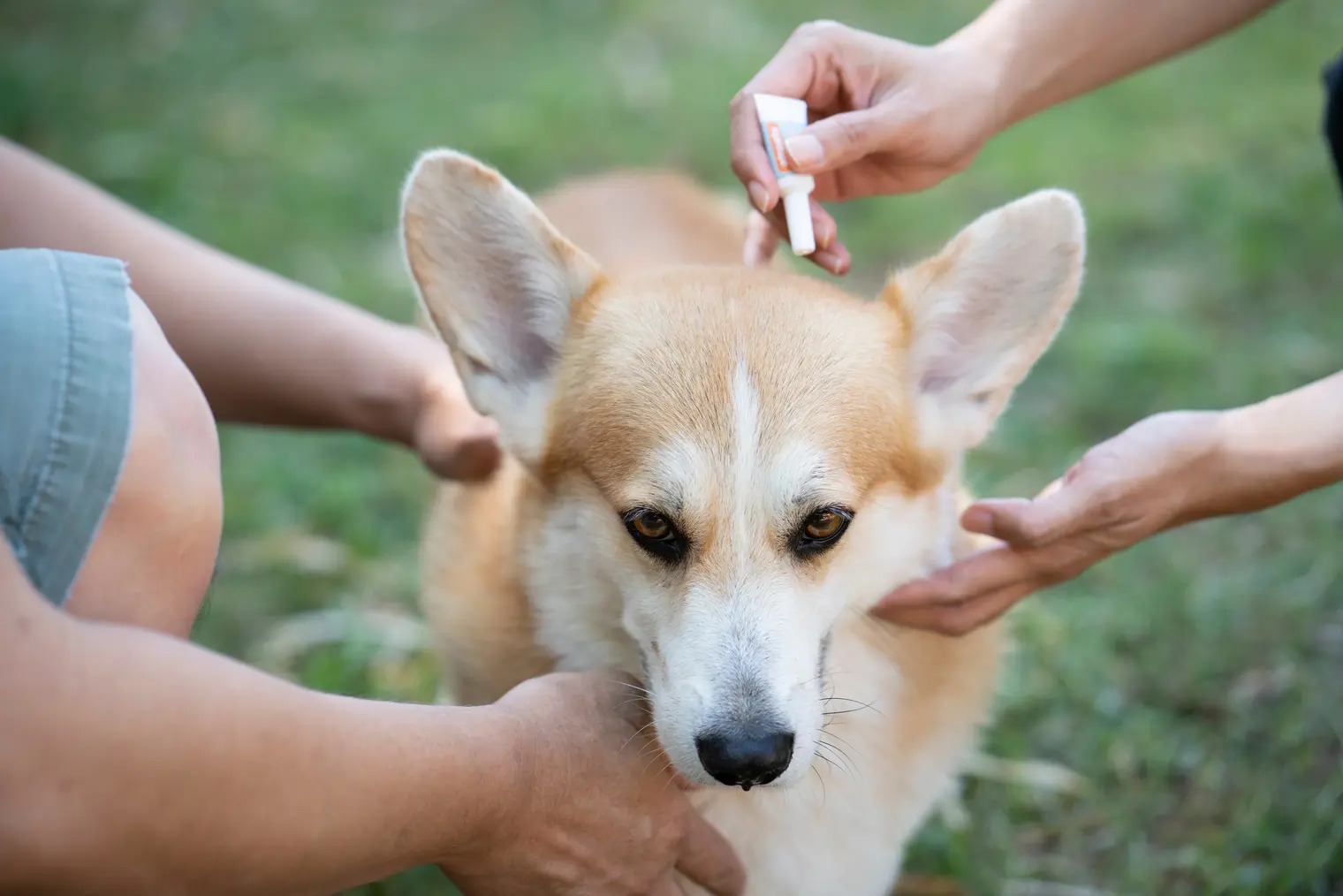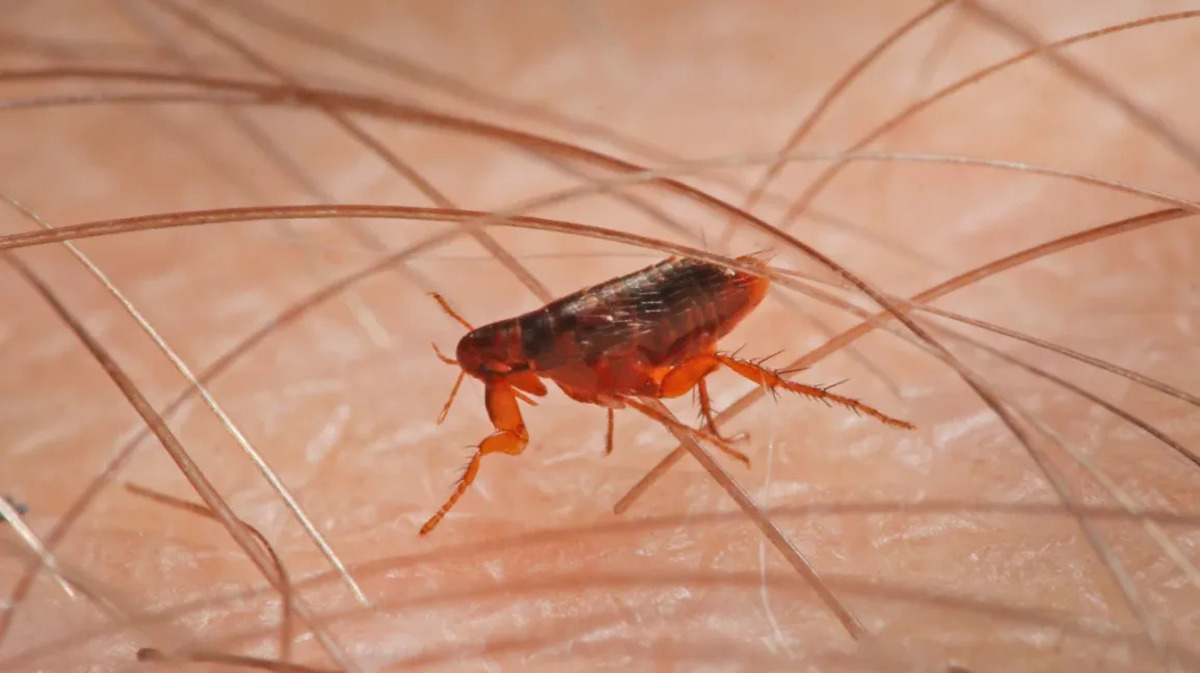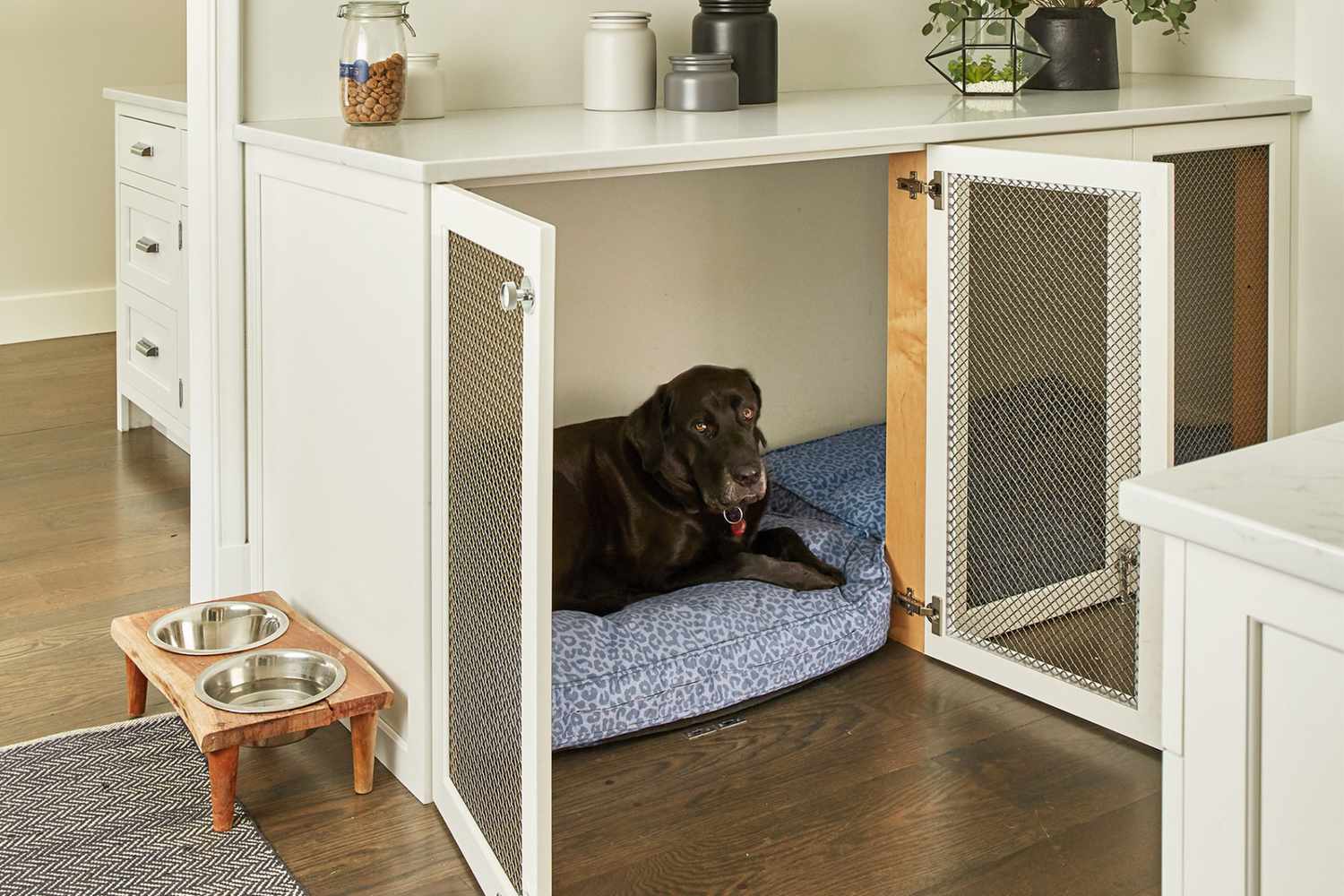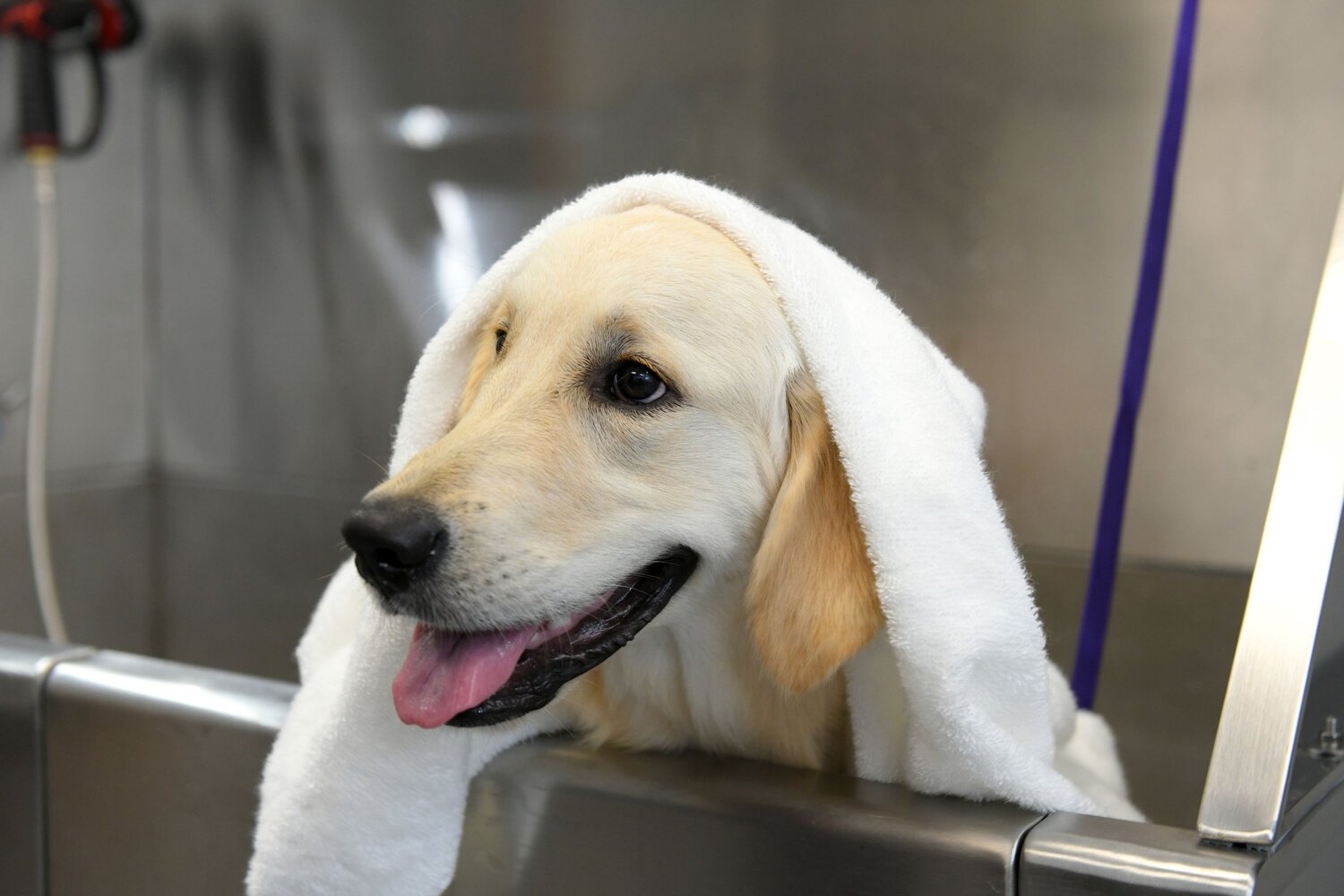Home>Health & Wellness>Common Health Issues>How To Avoid Fleas While Walking Dogs
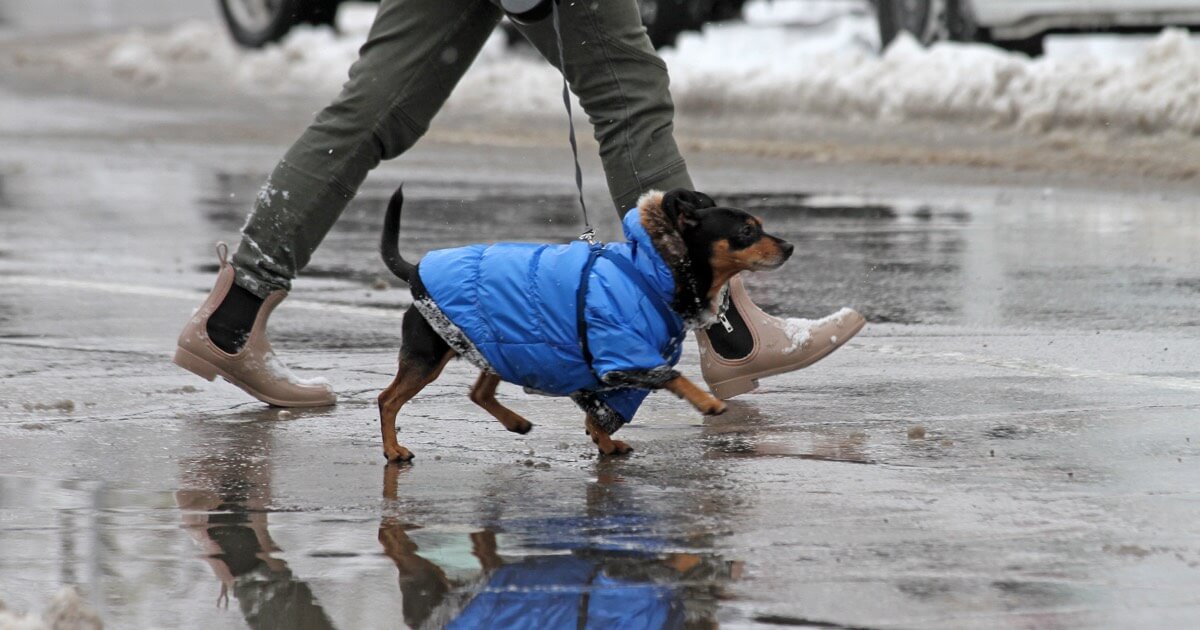

Common Health Issues
How To Avoid Fleas While Walking Dogs
Published: February 15, 2024
Learn how to prevent fleas while walking dogs and avoid common health issues. Keep your pets healthy and happy with these tips.
(Many of the links in this article redirect to a specific reviewed product. Your purchase of these products through affiliate links helps to generate commission for Pawsomeoldies.com, at no extra cost. Learn more)
Table of Contents
Introduction
Walking your furry friend is a delightful activity that not only provides exercise and mental stimulation but also strengthens the bond between you and your canine companion. However, amidst the joy of strolling through parks and neighborhoods, there's a lurking concern that every pet owner dreads – fleas. These tiny, persistent pests can turn a pleasant walk into a nightmare, causing discomfort and potential health issues for your beloved pet. Understanding the risks associated with fleas while walking dogs and learning how to prevent infestations is crucial for ensuring the well-being of your furry friend.
Fleas are more than just a nuisance; they are a common health issue that can affect dogs of all breeds and sizes. These parasitic insects thrive in warm, humid environments and are often found in grassy areas, making them a prevalent threat during outdoor excursions. When a dog comes into contact with an infested environment, fleas can quickly latch onto their fur, making their way into your home and causing a full-blown infestation. Not only do fleas cause incessant itching and discomfort for your pet, but they can also transmit diseases and lead to skin allergies, anemia, and other serious health complications.
As responsible pet owners, it's essential to be proactive in preventing fleas while walking dogs. By implementing effective strategies and understanding the warning signs of flea infestations, you can safeguard your pet's well-being and ensure that every walk is a joyful and worry-free experience. In the following sections, we'll delve into the risks associated with fleas while walking dogs and provide valuable tips for preventing infestations, allowing you to enjoy quality time outdoors with your furry companion without the fear of fleas.
Read more: How To Calm A High-Anxiety Dog While Walking
Understanding the risk of fleas while walking dogs
When taking your dog for a walk, it's important to be aware of the potential risks associated with fleas. These tiny parasites can pose a significant threat to your pet's health and well-being, especially during outdoor activities. Understanding the specific risks can help you take proactive measures to prevent flea infestations and ensure that your furry friend remains happy and healthy.
Fleas are adept at hiding in outdoor environments, particularly in grassy areas and wooded trails where dogs love to explore. When your dog comes into contact with these infested areas, fleas can quickly latch onto their fur, making their way into your home and causing a full-blown infestation. These pests are not only a nuisance but also carry the potential to transmit diseases and cause a range of health issues for your pet.
One of the primary risks of fleas while walking dogs is the discomfort and irritation they cause. Flea bites can lead to incessant itching, skin irritation, and allergic reactions in some dogs. This can result in hair loss, inflamed skin, and a general decline in your pet's overall well-being. Additionally, flea infestations can lead to anemia, particularly in puppies or small dogs, due to the loss of blood from multiple flea bites.
Furthermore, fleas can transmit various diseases and parasites to dogs, including tapeworms and Bartonella, the bacteria responsible for causing cat scratch fever. These health issues can have long-term effects on your pet's well-being and may require extensive veterinary care to address.
In addition to the physical discomfort and health risks, flea infestations can also take a toll on your dog's mental and emotional state. Constant itching and discomfort can lead to anxiety and stress, impacting your pet's overall quality of life.
Understanding these risks underscores the importance of taking proactive measures to prevent fleas while walking dogs. By being aware of the potential dangers and implementing preventive strategies, you can ensure that every outdoor adventure with your furry friend is enjoyable and free from the threat of fleas.
Tips for preventing fleas while walking dogs
Preventing fleas while walking dogs is essential for maintaining your pet's well-being and ensuring that every outdoor excursion is enjoyable and worry-free. By implementing effective preventive measures, you can significantly reduce the risk of flea infestations and protect your furry friend from the discomfort and health issues associated with these persistent parasites.
Here are valuable tips for preventing fleas while walking dogs:
-
Use Flea Prevention Products: Prior to embarking on outdoor adventures, ensure that your dog is protected with a reliable flea prevention product. Topical treatments, oral medications, and flea collars are effective options for safeguarding your pet against flea infestations. Consult with your veterinarian to determine the most suitable flea prevention product based on your dog's breed, age, and health status.
-
Regular Grooming: Maintaining a regular grooming routine for your dog is crucial for flea prevention. Brushing your pet's fur regularly not only helps in removing any fleas or eggs but also allows you to inspect for signs of infestation. Additionally, keeping your dog's fur clean and well-maintained can deter fleas from taking up residence.
-
Avoid High-Risk Areas: When walking your dog, be mindful of the environments you frequent. Avoid areas with dense vegetation, tall grass, and wooded trails, as these are prime habitats for fleas. Opt for well-maintained paths and open spaces for your walks, reducing the likelihood of encountering flea-infested areas.
-
Regular Lawn Maintenance: If your dog spends time in your yard, ensure that the outdoor space is well-maintained to minimize flea habitats. Regularly mow the lawn, trim vegetation, and remove any debris or organic matter where fleas may thrive. This proactive approach can significantly reduce the risk of flea infestations in your outdoor space.
-
Wash Bedding and Linens: Keeping your dog's bedding, blankets, and linens clean is essential for preventing fleas. Regularly wash these items in hot water to eliminate any potential flea eggs or larvae, reducing the risk of infestations within your home.
-
Inspect After Walks: After returning from a walk, take the time to inspect your dog for any signs of fleas. Check for excessive scratching, redness, or small black specks in the fur, which may indicate flea activity. Promptly addressing any potential infestations can prevent the situation from escalating.
-
Environmental Treatments: Consider using environmental treatments in your home and outdoor spaces to further prevent flea infestations. Vacuuming regularly, using flea control products in your living spaces, and treating outdoor areas can help create an inhospitable environment for fleas.
By incorporating these preventive measures into your routine, you can effectively minimize the risk of fleas while walking dogs, ensuring that every outdoor adventure is a delightful experience for both you and your furry companion. Taking proactive steps to prevent fleas not only safeguards your pet's health but also fosters a harmonious and worry-free bond during your outdoor escapades.
Conclusion
In conclusion, preventing fleas while walking dogs is a crucial aspect of responsible pet ownership, ensuring the well-being and comfort of your furry companion during outdoor adventures. By understanding the risks associated with fleas and implementing effective preventive measures, you can create a safe and enjoyable environment for both you and your pet.
The risks of flea infestations while walking dogs extend beyond mere discomfort, encompassing potential health issues and emotional distress for your pet. Fleas can cause incessant itching, skin irritation, and allergic reactions, leading to a decline in your dog's overall well-being. Additionally, the transmission of diseases and parasites by fleas can have long-term effects on your pet's health, necessitating extensive veterinary care. Recognizing these risks underscores the importance of proactive flea prevention strategies.
By incorporating the following tips into your routine, you can significantly reduce the risk of flea infestations while walking dogs:
- Utilizing reliable flea prevention products recommended by your veterinarian
- Maintaining a regular grooming routine and inspecting for signs of infestation
- Being mindful of the environments you frequent and avoiding high-risk areas
- Implementing regular lawn maintenance and keeping outdoor spaces clean
- Washing your dog's bedding and linens regularly to eliminate potential flea habitats
- Conducting post-walk inspections to promptly address any signs of flea activity
- Considering environmental treatments to create an inhospitable environment for fleas
These preventive measures not only protect your pet from flea infestations but also contribute to a harmonious and worry-free bond during your outdoor escapades. By taking proactive steps to prevent fleas, you can ensure that every walk with your furry friend is a delightful experience, free from the threat of these persistent parasites.
Ultimately, the well-being and happiness of your dog are paramount, and by prioritizing flea prevention, you are demonstrating your commitment to providing a safe and nurturing environment for your beloved pet. With a proactive approach to flea prevention, you can embark on outdoor adventures with confidence, knowing that you are safeguarding your furry companion from the risks of flea infestations while creating cherished memories together.
